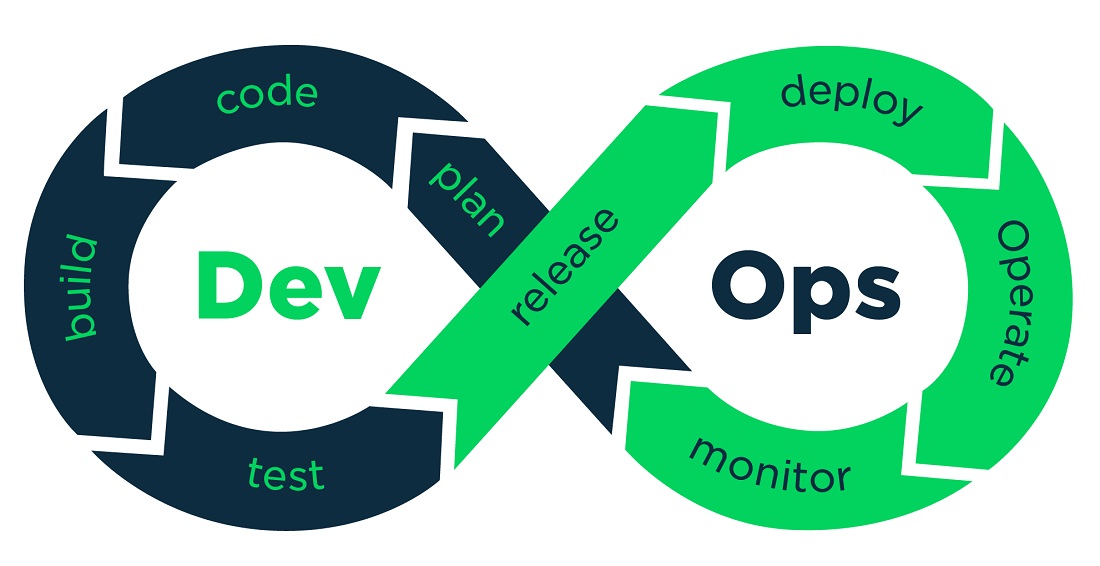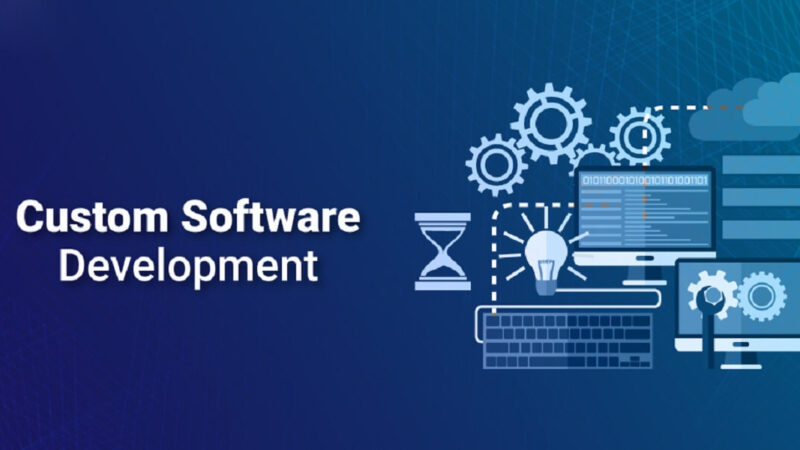Best Practices for Integrating DevOps Tools into your workflow

Even though DevOps practices started gaining prominence in the 2008s, integrating DevOps tools into organization workflow is still a painstaking process.
This is because DevOps tools are not just about technology. It is about bringing cultural change.
The DevOps toolchain boosts cross-functional collaboration and introduces automation to help teams focus on what matters- Customer value.
Not that we know what the DevOps toolchain does, let’s explore the top challenges organizations can face when integrating DevOps tools and understand the best industry practices to tackle them.
Top challenges organizations face when integrating DevOps tools!
- Tool Selection
If you look at the DevOps market, there are hundreds of options, each catering to specific aspects of the DevOps lifecycle. But what you won’t find is the guidance on how to choose the right ones. Integrating the wrong tools into the existing workflow can be costly as it obstructs data flow and makes things more complicated than they should be.
Here are the top industry practices you can follow to make an informed choice.
- Identify pain points within your DevOps lifecycle: Begin by identifying the pain points within your current DevOps lifecycle. Assess areas where improvements are needed, such as automation, collaboration, continuous integration, deployment, monitoring, or infrastructure management.
- Consider scalability: Determine which DevOps tools can handle your organization’s growth and future needs. Assess if the tools support cloud environments, containerization technologies, or multi-cloud deployments.
- Prioritize use cases: Define the tool use cases for each stage of the DevOps lifecycle. This will help you evaluate how well each tool addresses your specific requirements.
- Legacy systems and infrastructure
Legacy systems, older applications, monolithic architectures, and rigid infrastructure do not align well with the principles and practices of DevOps. Additionally, modernizing legacy systems can be time-consuming and resource-intensive.
In response, you should assess the existing landscape, identify bottlenecks, and devise strategies to migrate your workflow. This may involve adopting containerization, microservices adoption, or leveraging infrastructure-as-code practices to achieve flexibility and scalability.
Here’s how you can create a roadmap to integrate DevOps tools within your existing infrastructure to achieve Continous Delivery (CD):
- Identify automation opportunities: Evaluate your current infrastructure, development processes, and release practices. Identify bottlenecks, pain points, and areas that need improvement. This assessment will help you establish a baseline and determine the scope of changes.
- Establish Continuous Integration (CI) processes: Mostly in legacy systems, CI processes are followed on an ad-hoc basis. If you want to achieve CD, it is crucial to slowly introduce CI components.
- Identify integration Points: Identify integration Points: Identify specific areas or components of your legacy infrastructure that can be integrated incrementally with DevOps tools. Break down the integration process into manageable chunks to iterate accordingly.
- Choose the right DevOps tools: As stated above, select the toolchain that fits your organizational needs.
- Establish Monitoring and Support: Define monitoring and support mechanisms for the integrated DevOps tools. Establish metrics and KPIs to measure the effectiveness of the integration and track improvements. Implement monitoring and alerting systems to identify and address any issues or bottlenecks promptly.
- Training and support
Integrating DevOps tools often requires new skill sets and expertise from the teams involved. Developers, operations personnel, and other stakeholders should learn how to leverage the selected tools to create better customer value.
However, identifying the skill gaps and providing appropriate training and resources to upskill the teams requires investing significant time and resources.
Apart from training, here’s what industry leaders should do to support their teams when adopting new DevOps tools:
- Document the integration process: Documenting the lessons learned and best practices is crucial to facilitate future integrations or similar initiatives. It helps the team gain a new perspective on using the tool.
- Foster a learning culture: It is vital to encourage knowledge-sharing and collaboration among team members. You can create forums such as lunch-and-learns, brown bag sessions, or hands-on workshops, where employees can share experiences and uncover insights about the new DevOps tools.
- Establish Communities of Excellence: Excellence centers bring together subject matter experts who can provide guidance, support, and mentorship to teams during the tool adoption process.
Top DevOps tools you can integrate into your workflow
If you are wondering which DevOps tools are popular in the marketplace currently, look no further. Here is a breakdown of top DevOps tools you can consider integrating into your workflow.
- Jenkins
Jenkins is an open-source automation server that facilitates continuous integration and continuous delivery (CI/CD). It enables developers to automate the build, test, and deployment processes. This helps rapid deliver software delivery. The platform also supports plugins for seamless integration with modern infrastructures and platforms.
- Git
Git is a widely used distributed version control system that enables teams to collaborate on code development. It provides a decentralized repository where developers can track changes, merge code, and manage different branches effectively. Git also integrates with various development environments and CI/CD tools, making it vital for version control and code management in DevOps workflows.
- Docker
Docker is a containerization platform that simplifies the deployment and management of applications. It packages your application and its dependencies into a lightweight, portable container. Docker containers provide consistency across different environments, helping you to build and deploy applications across various platforms. Docker also supports orchestration tools like Kubernetes for managing containerized applications at scale.
- Ansible
Ansible is a popular configuration management and automation tool. It helps you get the benefits of infrastructure as code, enabling the configuration of servers, networks, and cloud resources. Ansible uses a simple and human-readable language to describe infrastructure configurations, making it accessible to developers and system administrators. Consequently, it provides multiple modules and supports integrations with different cloud providers and systems.
- Prometheus
Prometheus is an open-source monitoring and alerting tool widely used in DevOps environments. It helps you monitor the health and performance of your applications and infrastructure by collecting and analyzing metrics in real time. Prometheus provides a flexible querying language, customizable dashboards, and powerful alerting features that enhance your analytical capabilities.
Break down silos with DevOps
DevOps is a valuable change enabler for organizations that want to stay ahead of the market. The Agile practice aims to break down silos and foster cross-functional collaboration at a massive scale. If you want to accelerate the speed of your releases, having a DevOps roadmap and arming your team with the right toolchain will take you a long way.






